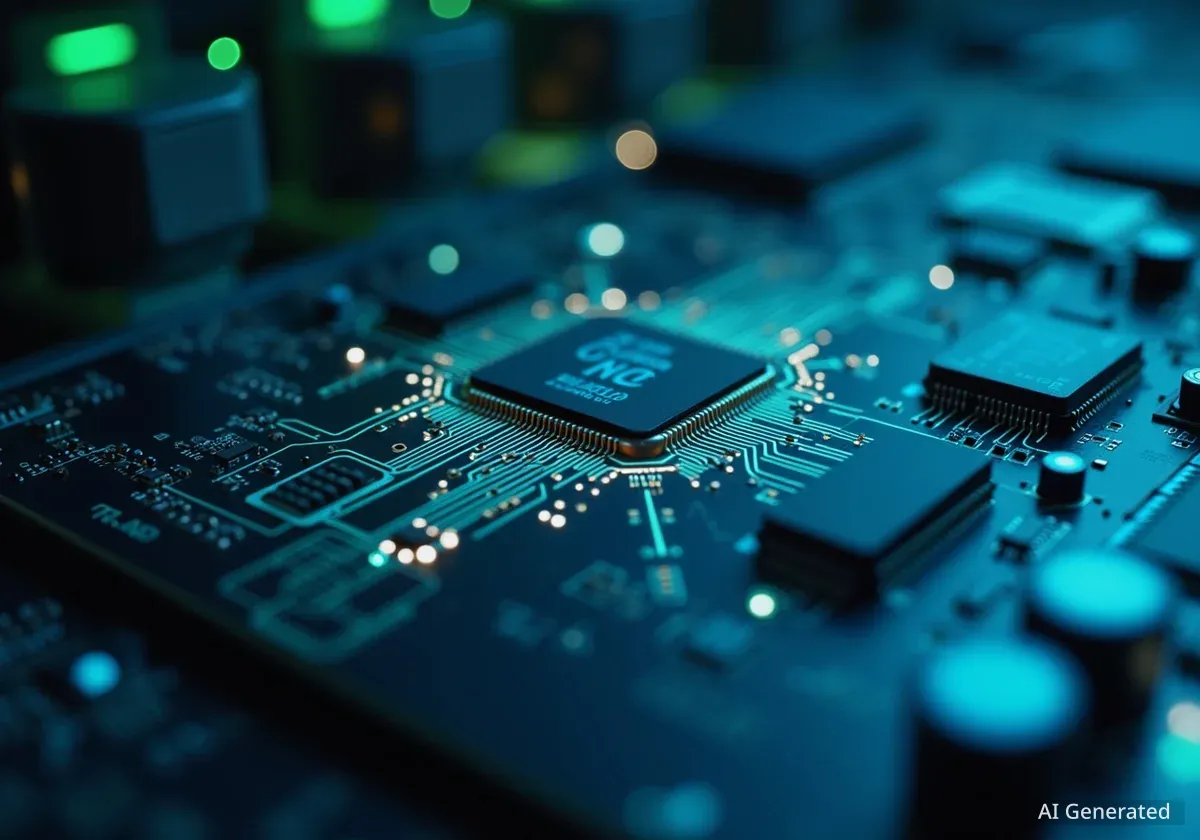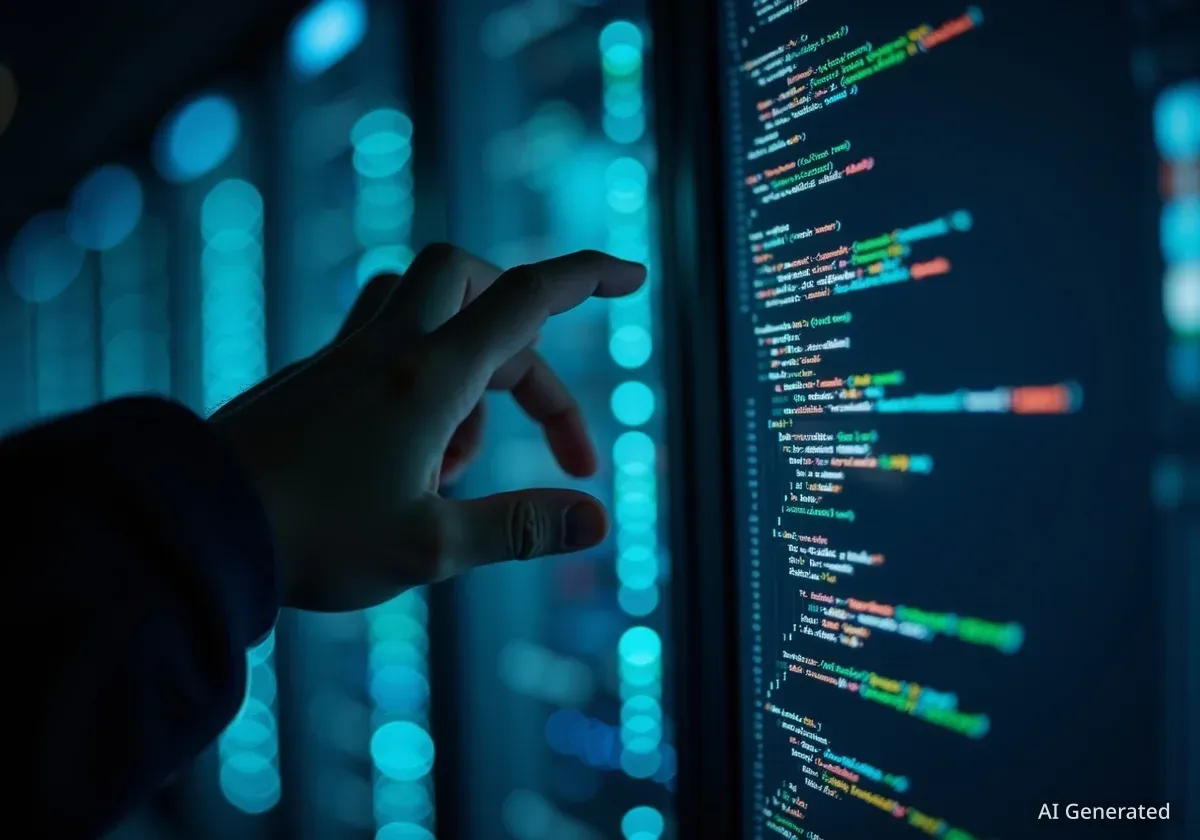Video game giant Electronic Arts (EA) has entered a strategic partnership with Stability AI, a leading generative artificial intelligence company. The collaboration aims to develop new AI-powered tools that will change how artists, designers, and developers create video games, potentially accelerating production and expanding creative possibilities.
This partnership will embed Stability AI's research team directly with EA's creative staff to build custom models and workflows. The goal is to streamline complex tasks like creating realistic textures and prototyping entire 3D worlds, allowing for faster iteration and new forms of visual storytelling in interactive entertainment.
Key Takeaways
- Electronic Arts (EA) and Stability AI have formed a strategic partnership to co-develop generative AI tools for game development.
- The collaboration focuses on accelerating creative workflows, enabling faster prototyping and visual ideation for artists and developers.
- Initial projects include AI-driven creation of Physically Based Rendering (PBR) materials and pre-visualization of entire 3D environments from text prompts.
- The partnership combines EA's 40 years of experience in interactive entertainment with Stability AI's expertise in generative models like Stable Diffusion.
A New Era for Game Creation
The collaboration between Electronic Arts, a company with over four decades of history in interactive entertainment, and Stability AI, known for the widely used image model Stable Diffusion, marks a significant step in the adoption of generative AI within the mainstream gaming industry. The partnership is not about replacing human creativity but augmenting it, providing powerful new tools to creative professionals.
By working together, the two companies plan to build transformative AI models tailored specifically for the complex demands of modern game development. This involves a close working relationship where Stability AI's scientists will collaborate directly with EA's artists and developers to understand their needs and challenges.
"EA is a pioneer in interactive entertainment and understands that innovation begins with the creator," said Prem Akkaraju, CEO of Stability AI. "By embedding our 3D research team directly with EA’s artists and developers we’ll unlock the next level in world-building power."
This hands-on approach aims to ensure that the AI tools developed are practical, intuitive, and seamlessly integrated into existing production pipelines, rather than being generic, one-size-fits-all solutions.
Targeting Key Development Bottlenecks
The partnership has identified several key areas where generative AI can have an immediate and substantial impact. These initiatives are designed to tackle some of the most time-consuming aspects of creating the vast, detailed worlds players expect in today's games.
What is Generative AI?
Generative AI refers to artificial intelligence systems capable of creating new content, such as text, images, audio, and 3D models, based on the data they were trained on. In game development, this technology can be used to generate concept art, textures, character models, and even entire environments from simple prompts, dramatically speeding up the creative process.
One of the first joint projects will focus on accelerating the creation of Physically Based Rendering (PBR) materials. PBR is a method used in computer graphics to render materials in a way that models the flow of light in the real world. Creating these textures is often a meticulous and lengthy process for artists.
The goal is to develop an artist-driven workflow where AI can generate high-quality 2D textures that maintain precise color and light accuracy. This would allow an artist to create a vast array of realistic materials—like wood, metal, or stone—in a fraction of the time it currently takes.
Visualizing Entire Worlds
Beyond individual assets, the collaboration will also explore the development of AI systems capable of pre-visualizing entire 3D environments. This technology would allow artists and designers to use a series of intentional prompts to generate early versions of game levels or open worlds.
This capability serves as a powerful tool for rapid prototyping. Instead of spending weeks or months building a basic block-out of a level, a team could ideate and visualize multiple concepts in a matter of hours. This allows for more creative experimentation and helps teams refine their vision for a game's look and feel much earlier in the development cycle.
Stability AI's 3D Expertise
Stability AI has a strong focus on volumetric generative media. Several of its models are highly regarded in the open-source community, including:
- Stable Zero123: The most-liked text-to-3D model on the Hugging Face platform.
- Stable Fast 3D, TripoSR, and Stable Point Aware 3D: All rank among the top ten most-liked image-to-3D models.
Empowering Artists and Designers
Both companies emphasize that the core objective of this partnership is to empower creative talent. The tools are being designed to act as a co-pilot for artists, handling repetitive tasks and opening new avenues for inspiration, not to automate the creative process entirely.
Kallol Mitra, VP of Creative Innovation at EA, highlighted this focus on augmenting human skill. "Creativity has always been at the heart of everything our teams do," Mitra stated. "Together with Stability AI, we’re amplifying that creativity. Giving artists, designers, and developers the power to dream bigger and build more."
This sentiment suggests a future where artists can direct AI systems with high-level creative prompts, maintaining control over the final output while leveraging the speed and scale of generative technology. For example, an artist could ask the AI to generate a 'gloomy, rain-slicked cyberpunk street at midnight' and then manually refine the AI-generated scene to match their specific vision.
Implications for the Broader Industry
EA's formal embrace of generative AI in partnership with a leading company like Stability AI is likely to have ripple effects across the gaming world. While many studios are experimenting with AI internally, this high-profile collaboration signals a move toward deeper, more foundational integration of the technology.
For players, the long-term benefits could include more detailed and dynamic game worlds, developed on more efficient timelines. By reducing the time spent on manual asset creation, developers can potentially allocate more resources to other areas like gameplay innovation, storytelling, and polishing the final product.
This move also aligns with Stability AI's broader strategy of partnering with industry leaders in creative fields, including advertising and entertainment, to build enterprise-grade AI solutions. As these technologies mature, they are set to become a standard part of the digital content creation toolkit, reshaping how visual media is produced on a global scale.





